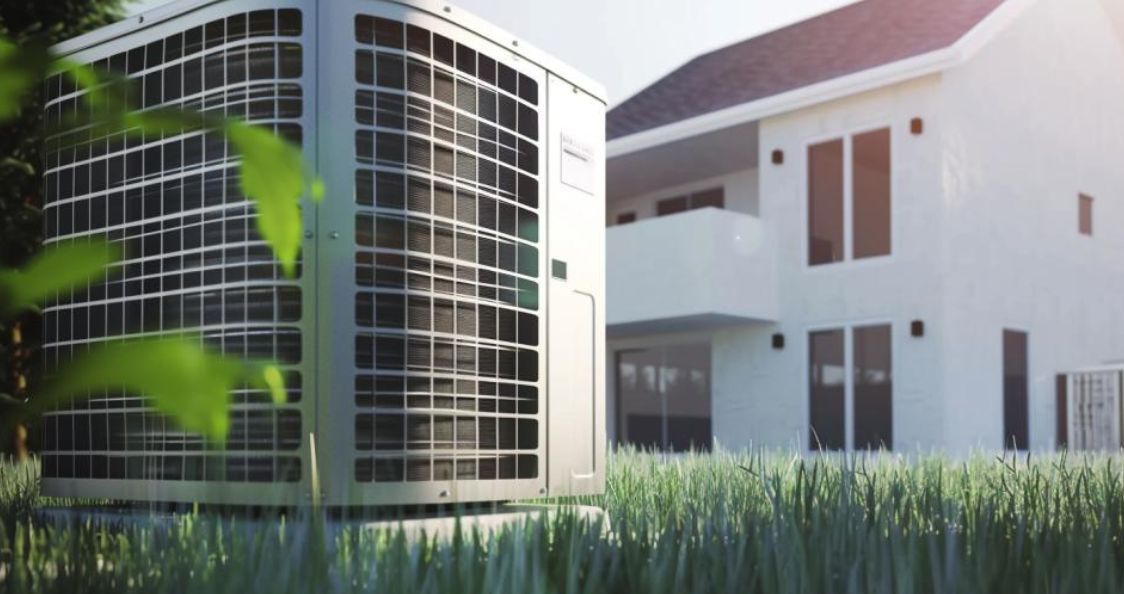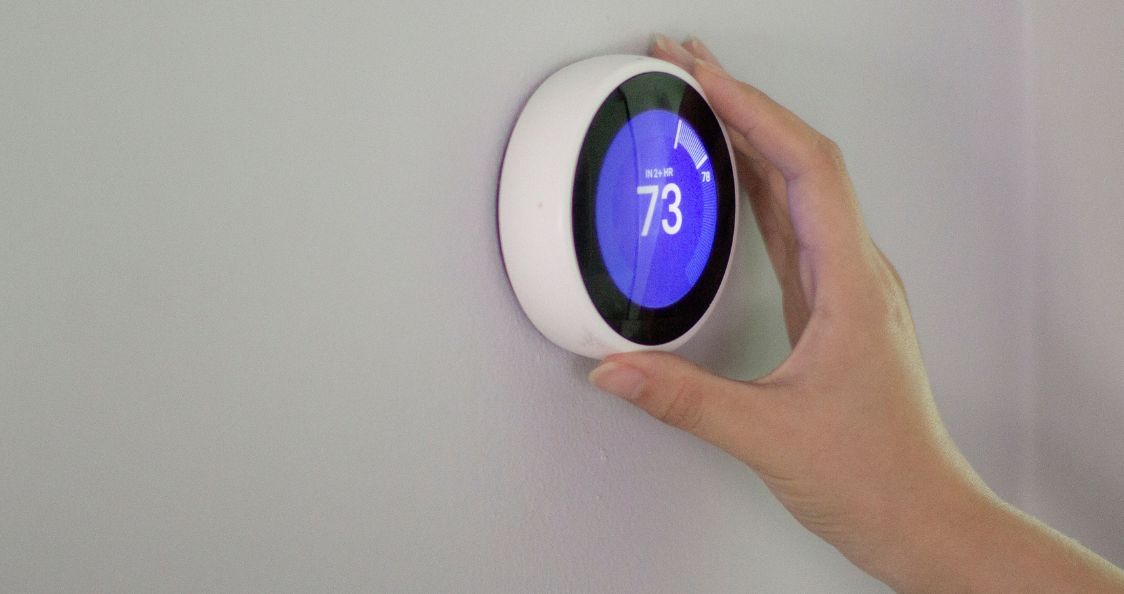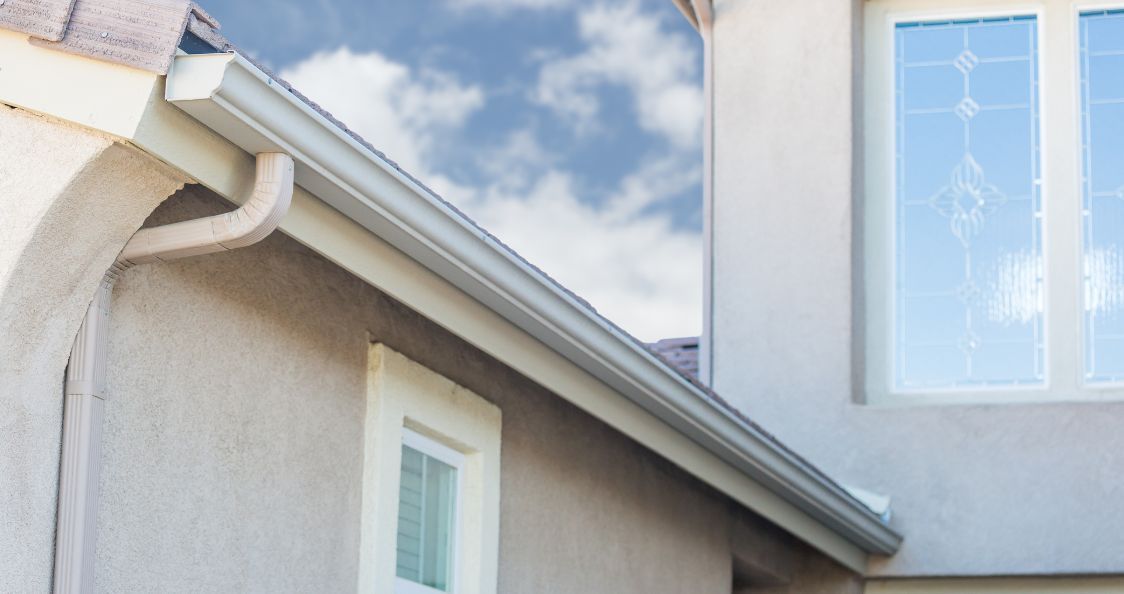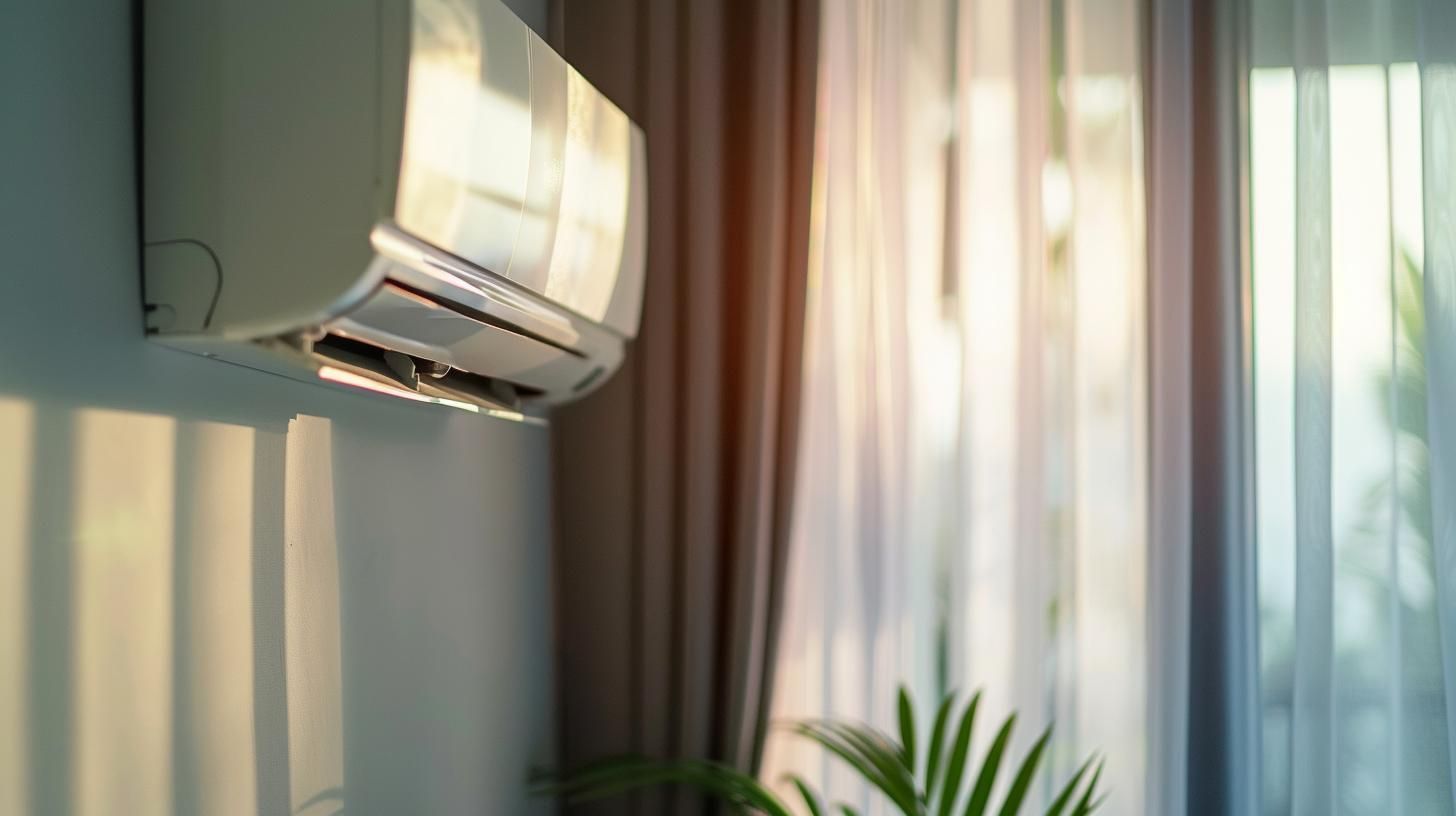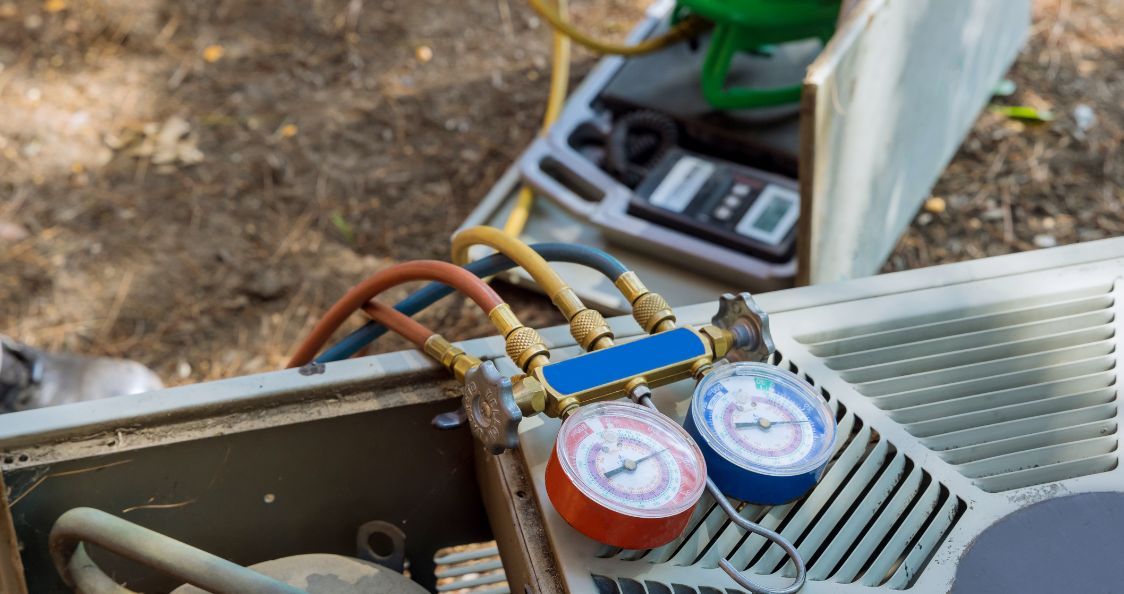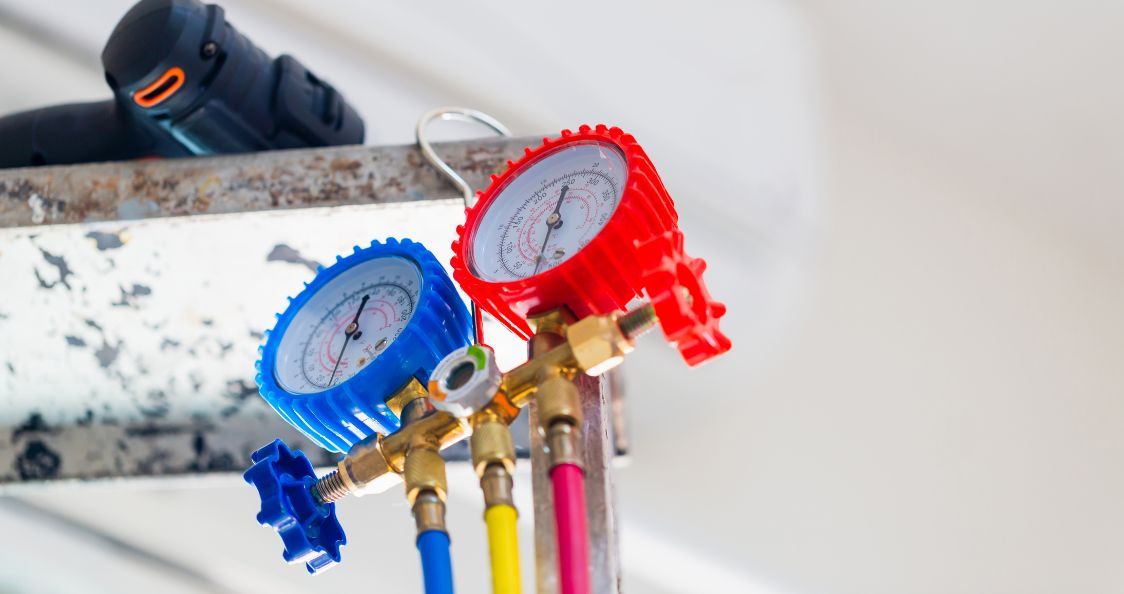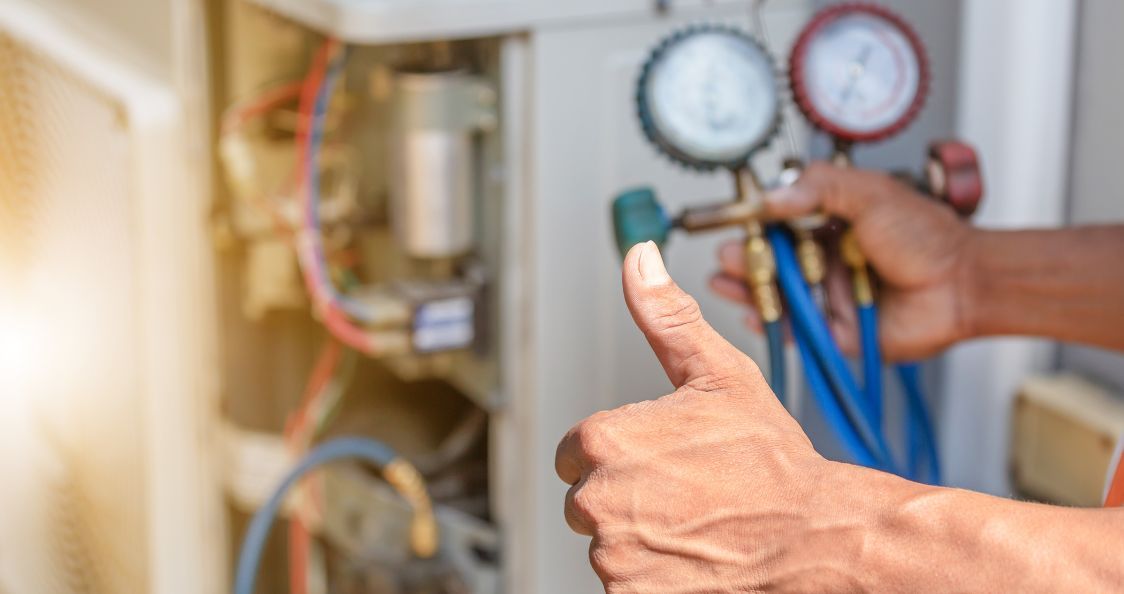
Heating, Ventilation and Air Conditioning Efficiency
Sacramento HVAC Contractor Explains Heating, Ventilation and AC Efficiency
In the summer of 2014, the US Department of Energy (DOE) confirmed new regulations on the efficiency standards for heating, ventilation, and air conditioning equipment for residential and commercial use. These changes went into effect January 1, 2015 but there is an 18-month grace period for distributors to sell their remaining inventory that doesn’t adhere to the new standards. Call a Sacramento HVAC Contractor to ensure your home is up to standards.
These new standards have to do with the Seasonal Energy Efficiency Ratio (SEER) standards. The minimum changes will affect air conditioners and heaters installed on or after January 1, 2015. The current standard for air conditioners is 13 SEER. The new standard for California will be 14 SEER and 12.2 or 11.7 EER depending on the system’s capacity.
The biggest change in these new standards involves split-system heat pumps. In a split-system, an outdoor cabinet containing the condenser and compressor typically sits on a concrete slab. This cabinet is connected to the indoor machinery, which contains the furnace, and evaporator. This indoor cabinet is frequently located in the attic or a closet and connects to the outdoor cabinet through a refrigerant line. Heating regulations for this particular type of machinery have a significant bump in minimum efficiency standards. The previous minimums were a score of 13 seer and HSPF (Heating Seasonal Performance Factor). The new minimums are 14 seer and 8.2 HSPF. All component parts in the entire split-system air conditioners and heating units must have an aggregate SEER rating that meets these new requirements.
HVAC ducts must be insulated with material with a thermal resistance rating or 8 (R8). A high thermal resistance rating indicates that the ducts do not lose heat as air is flowing through them – increasing their efficiency to deposit warm air where it’s needed. Ducts also must be certified to be free of leaks.
Incentives
Several companies, such as PG&E, SCE, and SDG&E, are offering prescriptive rebates for upgrading to more efficient systems. There may be an incentive for the following:
- Lighting
- HVAC – Tuneups, maintenance, and equipment upgrade
- Water heaters
- Food service equipment
- Refrigeration
- Motors
- Window film
- Insulation
These companies are offering government entities special payment deals (on-bill financing) that translate to zero percent, no fee loans of up to $250,000 (or $1 million under certain conditions) with terms of up to ten years for installing qualified energy-efficiency measures. These measures must be installed under specified utility incentive programs. These loans are then paid back on the monthly utility bill. Under some circumstances, the monthly energy savings may be more than the monthly payment.
Home Performance Program
The Home Performance Program (HPP) from the Sacramento Municipal Utility District (SMUD) offers up to $5,000 in rebates to individuals for retrofitting their homes in the SMUD territory of Sacramento. These energy-efficient retrofits include the installation of high performance windows and HVAC systems. The rebate amounts homeowners may receive through this program are based on energy saving results.
HPP efficiency is affected by several factors, such as:
- Windows
- HVAC
- Insulation
- Ducts
- Sealing within the home
- Water heater
Depending on where a family lives, their utility company, and the specific upgrade they get, they may be eligible for thousands of dollars in rebates. Speak to a Sacramento HVAC contractor to learn how.
Replacing HVAC Systems
The system that heats or cools the air in a home accounts for almost 40% of the utility bill. Replacing old and inefficient HVAC systems with a newer, more efficient, and smoothly running system is a great way to improve air quality as well as decrease the monthly cost of energy. SEER rating is an important tool for understanding the efficiency of an HVAC model and is important to recognize when deciding between new systems. HVAC systems that are 10 – 15 years old typically have a SEER rating between 6 and 10. Newer models available today can have anywhere between 14 – 18 seer. This is a huge difference in efficiency and can make a significant change in your home. If you need to replace your HVAC system, a skilled Sacramento HVAC contractor is your best option.
Replacing Windows
As windows get older, there may be an increase in the instance of cracked joints and crevices as well as gaps between the window and the rest of the building. This creates space for treated air to escape, greatly decreasing an HVAC system’s efficiency. Energy efficient windows can prevent the loss of this energy while increasing the amount of natural light without permitting heat to get in.
Talk to a Sacramento HVAC Contractor to Make Your HVAC Solution More Efficient
For over 50 years, Clarke & Rush has been providing top of the line home performance products and services. If you need to replace your HVAC or want to learn how to make it more efficient, call (916) 609 – 2669 to speak to a Sacramento HVAC contractor.
Other Blogs You May Be Interested In
Categories
- About Clarke & Rush (1)
- AC Replacement (8)
- AC unit Maintenance (10)
- Boilers (1)
- Commercial HVAC (3)
- Commercial Plumbing (2)
- Furnace (3)
- Furnace Maintenance (2)
- Furnace Repair (4)
- Green Homes (3)
- Gutter Repair (1)
- Gutter Replacement (5)
- Heat Pump (1)
- Home Energy Tips (2)
- Home Improvement (6)
- HVAC (17)
- HVAC Replacement (7)
- Insulation (2)
- Kitchen Plumbing (1)
- Plumbing (2)
- Plumbing Problems (8)
- Reducing Energy Costs (6)
- Repiping Services (3)
- Residential HVAC (45)
- Residential Insulation (4)
- Residential Plumbing (33)
- Residential Windows (6)
- Sewer Line (2)
- Uncategorized (10)
- Water Heaters (4)
- Water Line Repair (1)
- Water Treatment (1)
- Window Installation (8)
- Window Instllation (1)
- Window Replacement (7)
- Windows (8)





